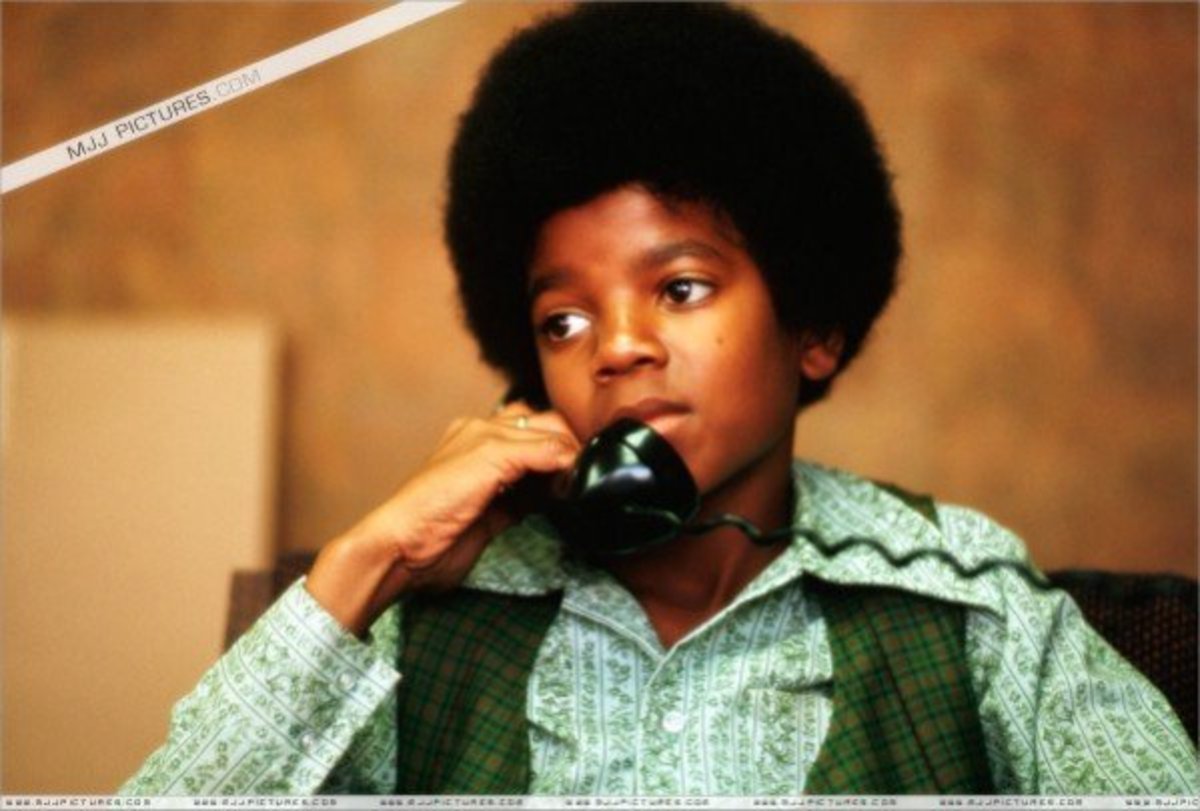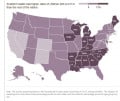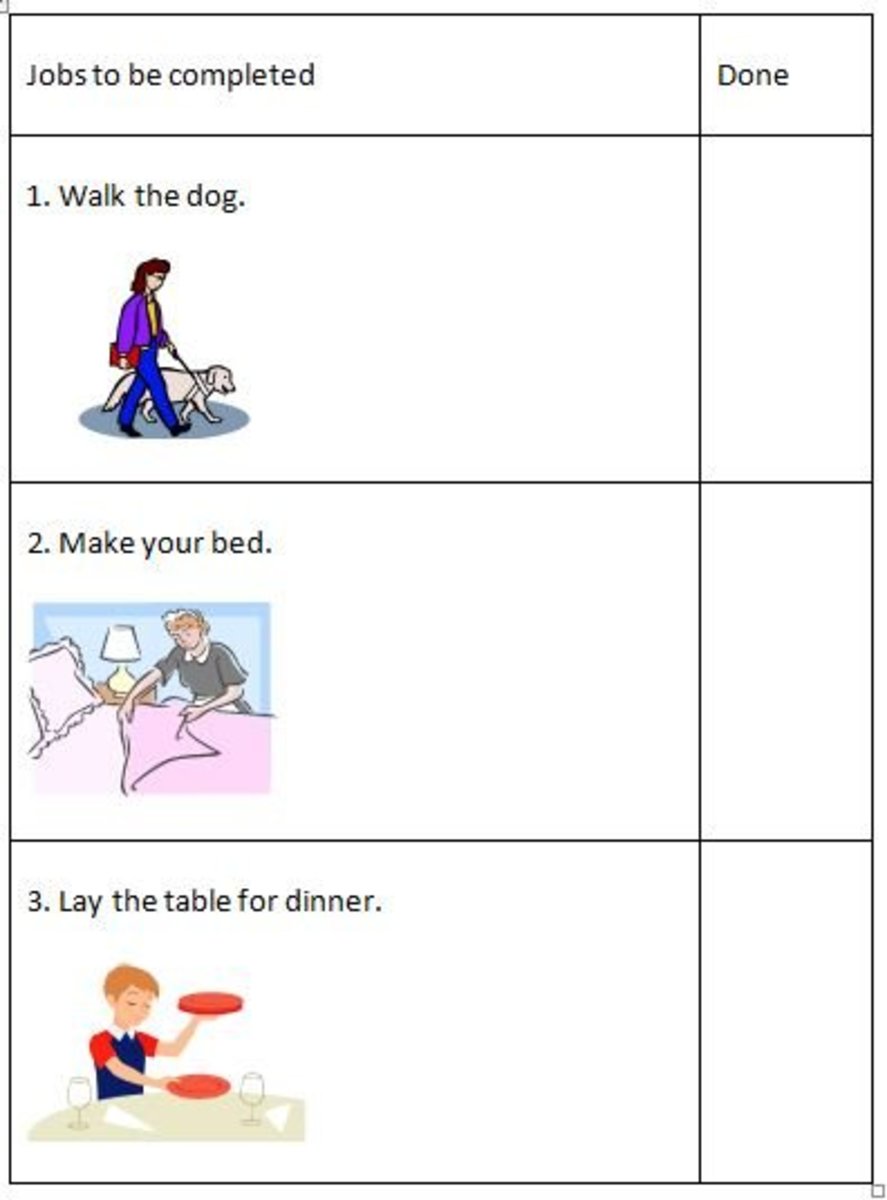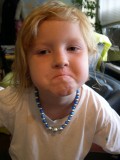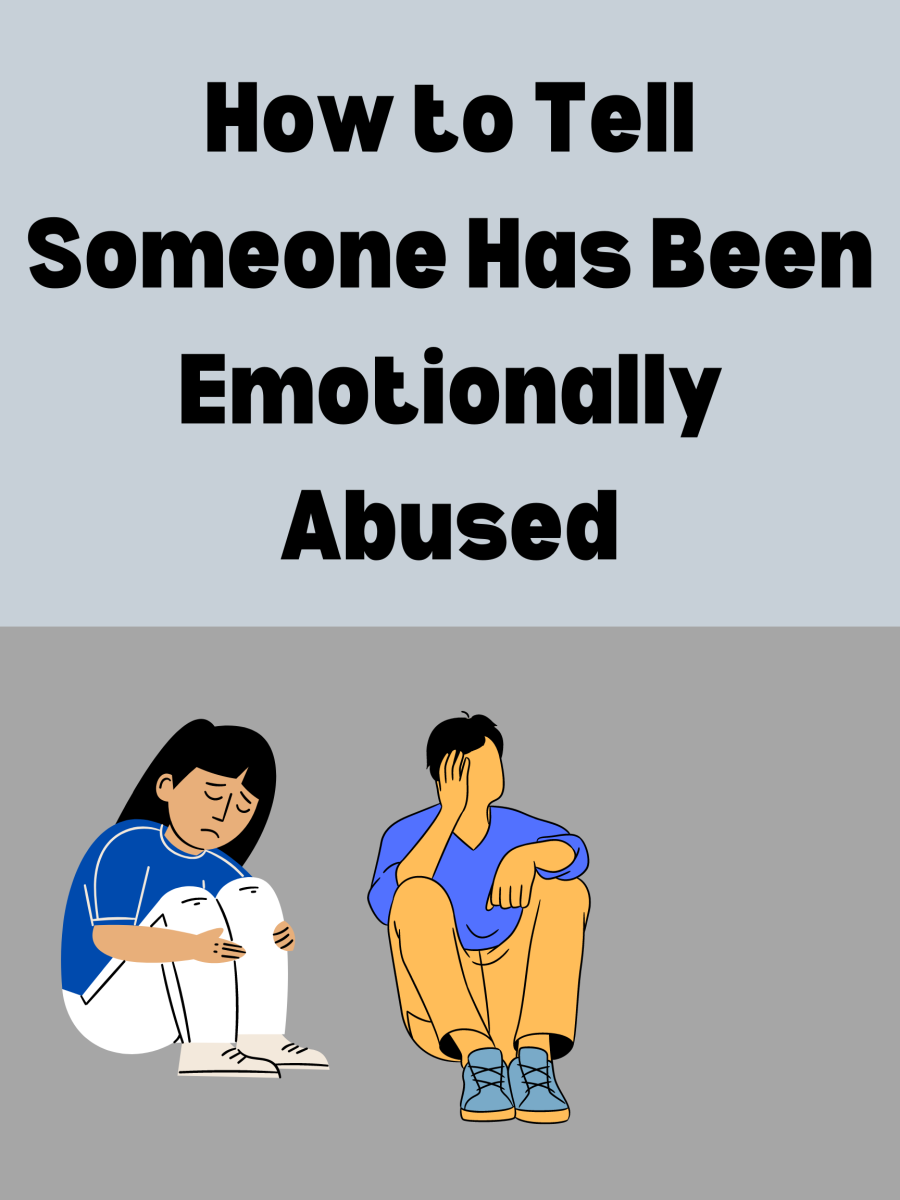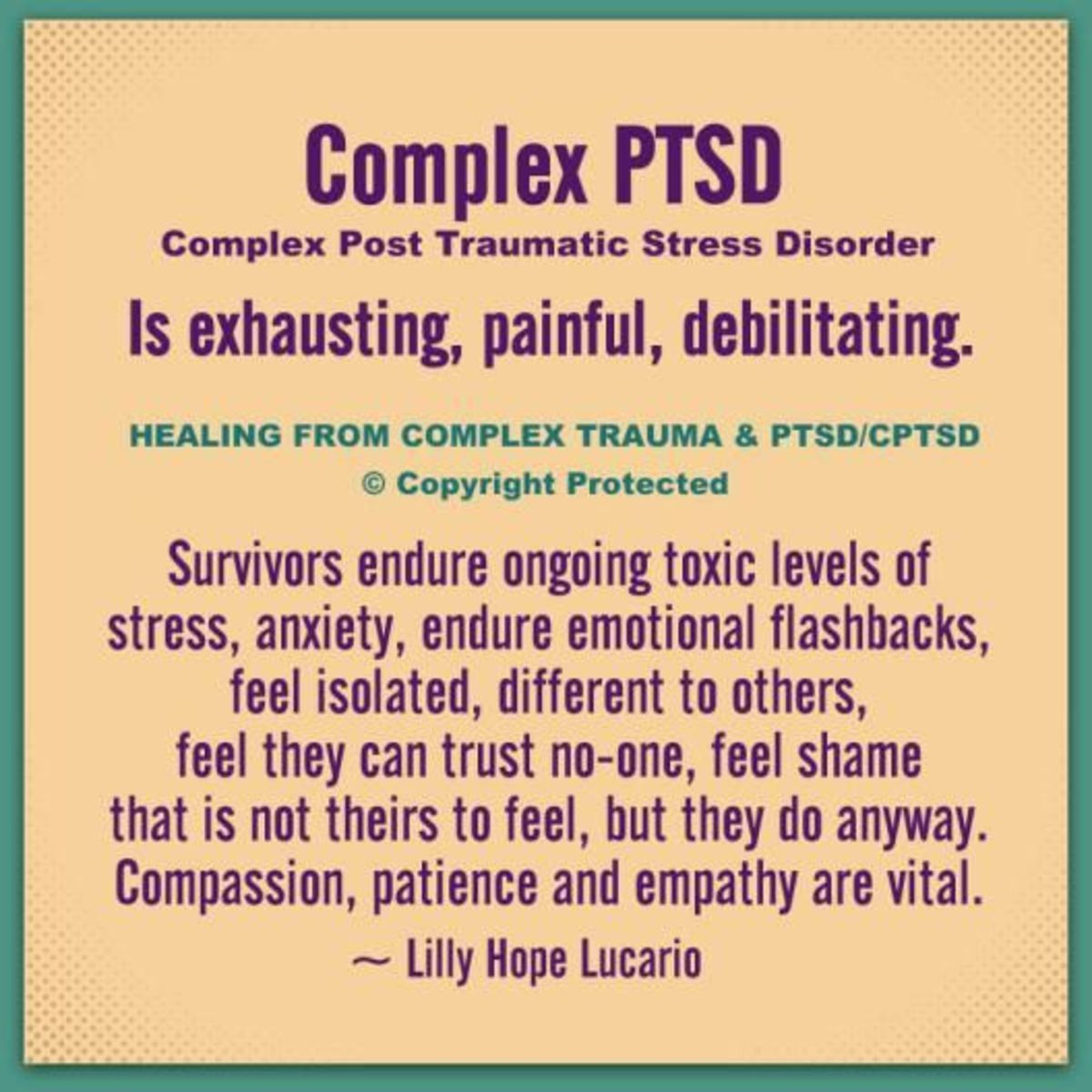How Acute Stress and PTSD Signs Can Be Confused With Normal Childhood Behaviors
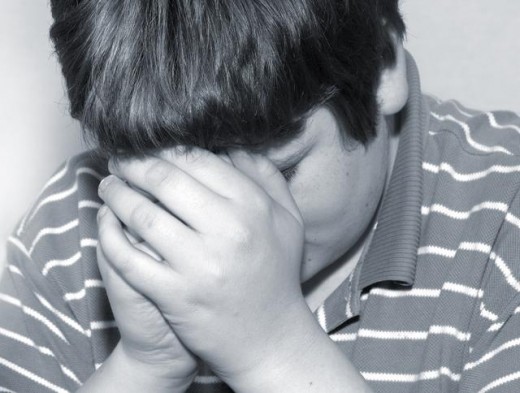
Often, children with Acute Stress Disorder or Post Traumatic Stress Disorder have one or more diagnoses behind them before they are accurately diagnosed with a stress disorder. Many care givers see the behavioral signs that the child is demonstrating and come to the conclusion that the child may be ADHD, very oppositional, or simply under disciplined. Though many of the behavioral signs of stress disorders are common to other disorders, when the total inventory of signs are viewed, along with any known traumatic history, the diagnosis becomes quite evident.
In cases where the child is living with their biological parent(s), and there is an intergenerational history of domestic abuse, addiction, or child abuse, the adults may either be in denial of the possibility of a stress disorder (or an event that has caused it), or they have become numb themselves and do not have the perspective to recognize the behaviors as abnormal.
Below is an overview of how each of the six behavioral sign clusters may be confused with normal childhood behaviors.
Allostatic behavioral signs: These behavioral signs at first may be mistaken for hyperactivity or simple childhood excitement, but these signs tend to be much more intense, and not in relation to the situation around the child. The child at times seems to become very agitated, anxious, aggressive, overly shy, or very fearful for no real apparent reason, or there appears to be an over reaction to some event or situation. The child may become very silly or overly familiar with strangers. The child often has a very hard time calming down. There may be problems with sleep: getting to sleep, staying asleep, and nightmares. The child may startle very easily, and may be overly clingy towards care givers. The child’s appetite and bowel-bladder habits may be affected. There is often an increase in toileting accidents, intentional toileting in closets, corners, etc. The child may actually manipulate or play with their own or animal feces. There may be regressions, slow, or stalled potty learning in younger children. Children may also express a sudden change of affect: their expression may become flat, pupils may dilate, and the child will look as if they are daydreaming, or “off in their own world”.
These behavioral signs can occur at any time the child is “triggered” by some one, something, or some location in their environment. The number and kind of triggers can be difficult to ascertain, especially in younger children. When there is a dramatic increase in agitation following contact with a person who is a trigger, this is often confused with the child being upset, sad, or disappointed that they are no longer in the person’s presence or care. The key differences between a triggered PTSD episode and the child simply missing the person is that the signs are much more intense, of longer duration, and include hours if not days of severe and consistent misbehavior as well as an increase of the other five sign clusters.
Re-experiencing: These behavioral signs may be confused with a child’s normal play; children may engage in violent play or re-enactments of traumatic events in their lives with action figures or dolls. The child may also become oppositional over small issues; they may seem to need to be in control of every situation to feel comfortable. This may be confused with “stubbornness” and “being contrary”. The difference is that when an average child is pressed, they will give in; when a stressed child is pressed, their agitation increases to the point of getting gout of control. Children who have been sexually abused may engage in more frequent and public masturbation or simulated sex acts. They may also engage in odd behaviors, such as stuffing toilet paper or other objects in their pants. They may use explicitly sexual language, or have preconscious knowledge about sex. Nightmares are a form of re-experiencing. When a child is triggered and becomes physically agitated, their body is essentially doing the same thing it did when they were experiencing the trauma. When the child is highly agitated and their expression becomes very flat, or their eyes “glaze over”, they are likely re-experiencing the trauma.
Avoidance, numbing and detachment: This behavioral cluster can be confused with a child trying to avoid responsibilities, being stubborn, or being angry at family members. The child may actively avoid certain people, places, or items. They may seem to have “forgotten all about” the traumatic event that took place, or their recent acting out/stress episode. The child may not respond to every day injuries like other children; they may easily shake off scrapes and bumps without tears or any reaction at all. On the other hand, they may become very upset and over reactive to very slight injuries. The child may seem to “bully” other children by simply ignoring the other child and “plowing on through”. The child may actually physically attack another child with pinching, biting, hitting, or strangling. This may be confused with sibling rivalry or peer disagreements, but the marker is the frequency and intensity of the behaviors. They may seem to have little empathy for other people who are injured or have their feelings hurt. In most stress disordered children, there is often a lack of the ability to self comfort. In play, it can also be seen that the child has not formed much attachment to any one toy; the child may not have a cuddle toy, for example.
Psychological alterations: These behavioral signs may be confused with a child who is“spoiled”. The child may continue to try to sleep in the care giver’s bed, they may show regressed developmental behaviors, such as daytime wetting, using “baby talk”, a desire to use a pacifier or bottle ,or becoming very clingy to the care giver. The child may exhibit memory problems or confabulate wild stories or fantasies that are considerably more detailed or odd than the average child’s “active imagination”. The child may become hypervigilant; they may be very watchful and seem anxious, or fearful of being abandoned. The child may be very impulsive, and engage in risky play without apparent understanding of the danger. The child may either have gained a very hostileand negative attitude towards the world, or they present themselves to others as very vulnerable, and then get taken advantage of or are re-victimized.
Relational problems: This set of behavioral signs may be confused with an over shyness, or a child who “has not had the right discipline”, or is “full of themselves”. The child may have trouble trusting others, may be secretive and very guarded. The child may have problems making and keeping friends. They may “try too hard” to be friendly or to fit in. The child may become very bossy and parentified. There may physical boundary problems in the way the child relates to others, such as standing too close, touching too freely or too soon in a relationship. The child may touch others inappropriately, such as tickling or sexualized touching. The child may seem to crave help, care, and affection, but when it is given, push the helper away. These children will often be quickly identified as behavior problems when they start school.
Ego structure: These behavioral signs may be confused with a child who is simply “down” or depressed. The child may seem to be very emotionally fragile and “fall apart” easily. They may verbalize low self esteem, or blame themselves for the bad things that have happened to them. The child may alternate from being very oppositional to being excessively cooperative and easily led. There may be periods of time where the child retreats into extraordinarily detailed fantasy. They may even have their own secret language have different names for themselves.
- Dr. John Briere
Top notch research in PTSD. - The Wounded Healer Journal
Enduring healing resource for victims of PTSD. - American Academy of Experts in Traumatic Stress
Locate a treatment specialist. - Trauma Information Pages
Good basic information about stress disorders. - Author's prfessional website.
Child specific treatment for PTSD; free content.


